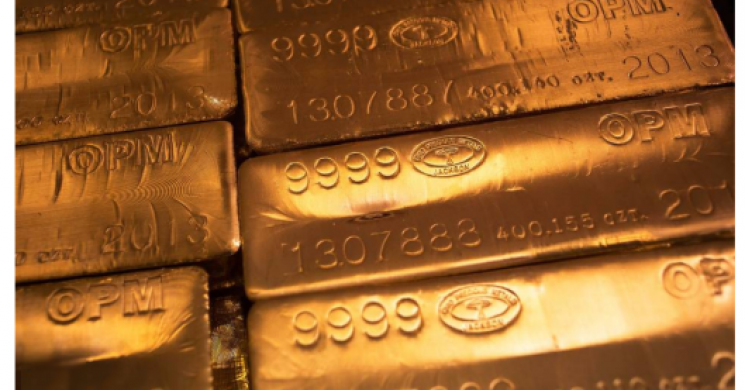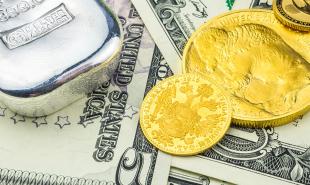
The Wall Street Journal reports Gold Standard Didn’t Really Tame Inflation, New Research Says.
The research was by St. Louis Fed economist Fernando Martin. Curiously, his study precisely shows that the gold standard did indeed tame inflation.
Let’s investigate Martin’s bogus claim and his peculiar logic in making it.
In his email to the WSJ, Martin stated: “Most of the price increase in the period starting with World War II is due to two specific episodes.”
WWII was the first episode and the “1970s inflation episode was unambiguously the result of Fed policy blunders.” Supposedly, “the lessons learned from the experience helped central bankers start a multi-decadelong effort to lower inflation to historically low levels.”
I cannot tell if the second set of quotes is the WSJ view or Martin’s.
Martin’s Peculiar Logic
Here is Martin’s peculiar logic in explaining why the gold standard does not work: “You can still have high inflation with a metallic standard” because history shows governments regularly go off such regimes.
Got that? The gold standard won’t tame inflation because … the government won’t stick with it!
This is what constitutes critical research and absurd posting of said research by the Wall Street Journal.
CPI Since US Founding
Policy Error by the Fed
The article cited a “policy error” by the Fed as the cause of the stagflation period.
Actually, the policy error was Nixon closing the gold window on August 15, 1971, ending convertibility of gold for dollars. Our balance of trade soon went haywire, as did the explosion of credit and debt.
Balance of Trade
Total Credit
Median Home Prices
The preceding three slides from my June 24, Venture Alliance group presentation.
Not Properly Counting Inflation
The Fed does not count asset bubbles including housing in its absurd measure of inflation.
Moreover, Martin conveniently overlooks the Great Recession and all of the damage it did while the Fed was allegedly providing “stable inflation”.
Economic Challenge to Keynesians
Of all the widely believed but patently false economic beliefs is the absurd notion that falling consumer prices are bad for the economy and something must be done about them.
I have commented on this many times and have been vindicated not only by sound economic theory but also by actual historical examples.
- My article Deflation Bonanza! (And the Fool’s Mission to Stop It) has a good synopsis.
- My Challenge to Keynesians “Prove Rising Prices Provide an Overall Economic Benefit” has gone unanswered.
There is no answer because history and logic both show that concerns over consumer price deflation are seriously misplaced.
BIS Deflation Study
The BIS did a historical study and found routine deflation was not any problem at all.
“Deflation may actually boost output. Lower prices increase real incomes and wealth. And they may also make export goods more competitive,” stated the study.
It’s asset bubble deflation that is damaging. When asset bubbles burst, debt deflation results.
Central banks’ seriously misguided attempts to defeat routine consumer price deflation is what fuels the destructive asset bubbles that eventually collapse.
For a discussion of the BIS study, please see Historical Perspective on CPI Deflations: How Damaging are They?
Meanwhile, economically illiterate writers bemoan deflation, as do most economists and central banks. The final irony in this ridiculous mix is central bank policies stimulate massive wealth inequality fueled by soaring stock prices.
Deflation on Deck?
Is deflation on deck? Yes, asset deflation, a very destructive kind of deflation. When it happens, please thank the Fed for low inflation and volatility suppression.
Full Presentation
Click here to view my entire Venture Alliance Presentation, 38 slides in all.
Also, please consider Secular Disinflationary Trend Hits New Highs: Deflation on Deck? What’s That Mean for Gold?
Mike “Mish” Shedlock
Read more by MarketSlant Editor












